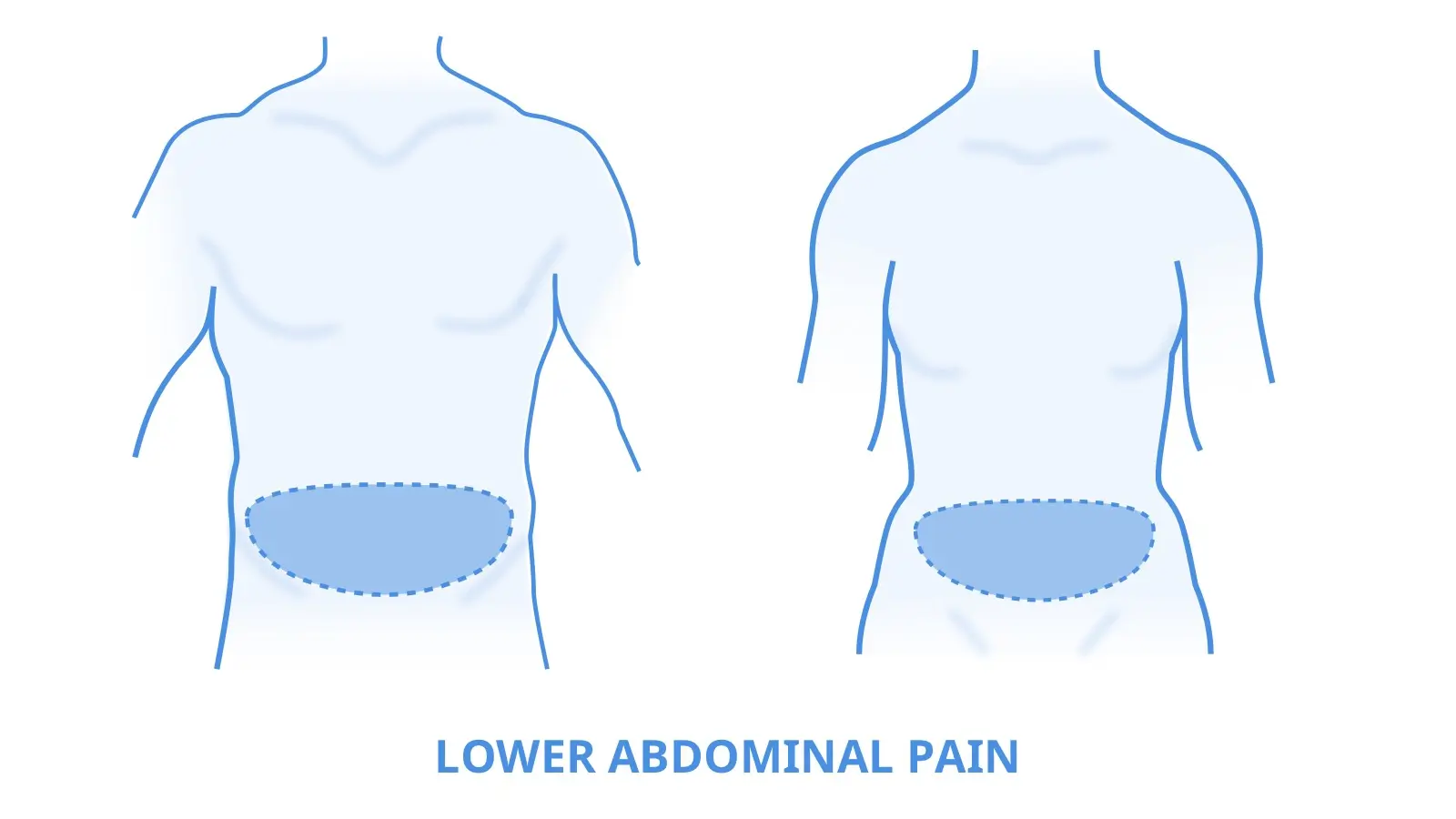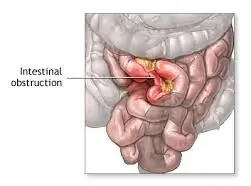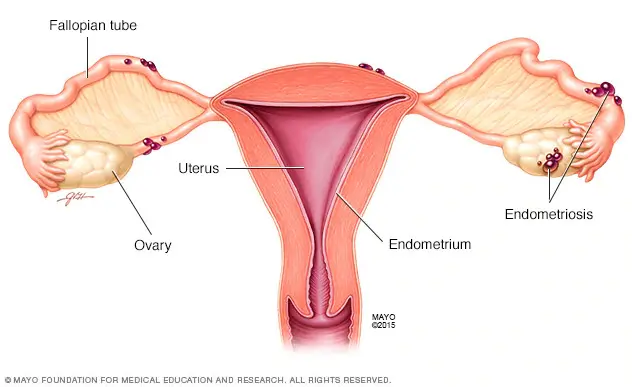Lower Abdominal Pain
What is Abdominal Pain?
Abdominal pain is a very common symptom of patients attending the emergency services. Up to 15% of presentations in this setting are due to abdominal pain. It is a pain between the rib cage and the pelvic brim. However, when we talk about abdominal pain usually it is intended to comprise pelvic pain as well.
There are numerous causes of abdominal pain that range from functional diseases that are usually self-limiting to life-threatening conditions that require emergency surgery. Urgent conditions causing acute abdominal pain require treatment within 24 hours.
How is Abdominal Pain Diagnosed?

A full history must be taken and an accurate examination carried out including a rectal examination. The history will focus on the onset of pain, quality of pain, location, duration, radiation and previous episodes. Also, other symptoms may be associated, such as nausea and vomiting.
Laboratory tests are pivotal to look for inflammatory markers (C-reactive protein, WBC, ESR), and other indicators highly specific for certain diseases (e.g. amylase and lipase in pancreatitis). A pregnancy test should be performed in females especially before undergoing imaging investigations. Plain chest and abdominal X-rays are important to look for signs of obstruction (dilated bowel), perforation (air under the diaphragm), possible presence of radio-opaque gallbladder and kidney stones, etc. An ultrasound scan is an excellent diagnostic tool in the emergency setting and a CT scan can be requested if needed. The combination of physical examination, plain X-rays and CT scan can achieve a final diagnosis in over 90% of cases. Ultrasound scan is less specific and sensitive than a CT scan, it is of easy availability, avoids any contrast-related complications and exposure to radiation.
In certain conditions, abdominal pain is mild, but it may rapidly become more severe with instability of the patient. Therefore, serial examinations of the patient are paramount. Imaging investigations (e.g., CT scan) have greatly reduced the need for exploratory laparotomies and can better direct urgent or expectant surgical treatment.
MRI investigation is not usually used in the assessment of acute abdominal pain. It may be of value in pregnant patients with suspected conditions that may require surgical intervention.
In case of lower abdominal pain in females with no obvious explanation of symptoms, a gynecological opinion can be obtained. Ovarian torsion, pelvic inflammatory disease (PID), ruptured ovarian cyst, extra uterine pregnancy are the most common conditions that require urgent attention. In some cases with mild symptoms, re-evaluation in the outpatient department the day after is valuable and may avoid the need of further imaging. In fact, this has been shown to lead to a change in management in up to 20% of cases, and a change in diagnosis in >30 % of patients.

Diverticulitis

Intestinal Obstruction

Endometriosis
What Are The Main Causes Of Lower Abdominal Pain?
There are numerous causes of lower abdominal pain. The most common are:
01. Acute Appendicitis
02. Diverticulitis
03. Pelvic Inflammatory Disease (PID)
04. Complicated Ovarian Cyst or Ovarian Torsion
05. Painful Ovulation or Menstrual Pain
06. Intestinal Obstruction
07. Ureteric & Kidney Stones
08. Ectopic Pregnancy
09. Endometriosis
10. Inflammatory Bowel Diseases (IBD)
11. Complicated Groin Hernias
12. Complicated Aortic Aneurysm
What Is The Most Common Surgical Emergency In Men Presenting With Lower Abdominal Pain?

The main cause of lower abdominal pain in the male population that requires surgical intervention is acute appendicitis. Obstruction of the lumen of the appendix (e.g. fecalith) will lead to wall edema, ischemia, gangrene and ultimately perforation. Since the appendix is mobile with respect to the cecum, its position may vary. A long appendix going towards the right upper quadrant may give misleading clinic signs of acute cholecystitis. When the appendix is behind the cecum, abdominal pain on palpation may not be severe. If this case is suspected, placing the patient on the left side and repeating the abdominal palpation may exacerbate the pain. If the appendix direction is towards the pelvis, this may simulate a gynecological cause.
The pain from acute appendicitis usually starts around the belly button to then localise and become more severe in the right lower quadrant. Other associated symptoms are fever, nausea and vomiting and occasional diarrhea. Abdominal examination may reveal guarding or rebound in case of peritoneal involvement. Palpation of the left lower quadrant may occasionally exacerbate the pain on the right side (Rovsing’s sign). This seems to be related to movement of air within the bowel leading to stretching of the inflamed appendix. The onset of generalised tenderness suggests perforation of the appendix with diffuse peritonitis.
The treatment of acute appendicitis is surgery, and this is usually performed using the laparoscopic approach. A camera is inserted through an umbilical port and allows exploration of the entire abdominal cavity. Other 2 ports are inserted for the passage of the operating instruments. Laparoscopy allows to identify other causes of pain and other surgical conditions that may require treatment. In case of generalised peritonitis, a full laparoscopic washout of the abdominal cavity can be carried out avoiding the need of a large laparotomy wound. Laparoscopic has been shown to reduce postoperative pain and formation of adhesions. The final scars can be hardly seen. Patients can be discharged the same day or the day after and quickly resume everyday activities.
Free Consultation for Abdominal Pain
A proctology service in Dubai and Abu Dhabi not only for lower abdominal pain treatment, but also for many other diseases is currently operating in Dubai London Hospital, Aster Hospital, American Hospital. Currently, Dr. Antonio Privitera is offering a free consultation for abdominal pain in the same hospital in Dubai and Abu Dhabi.
